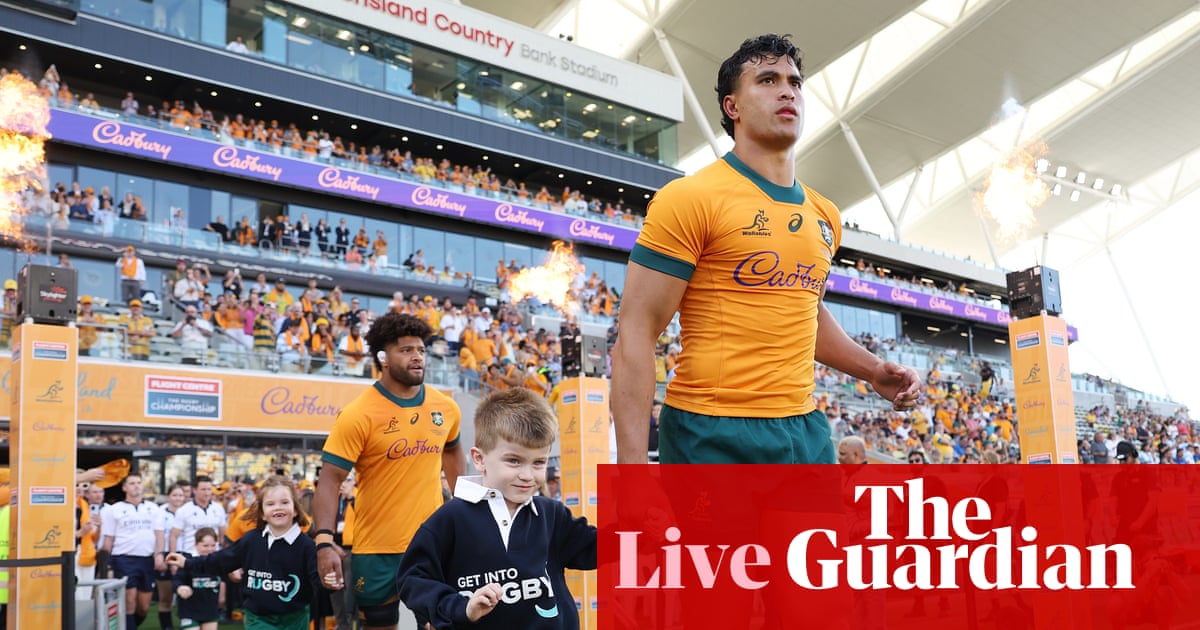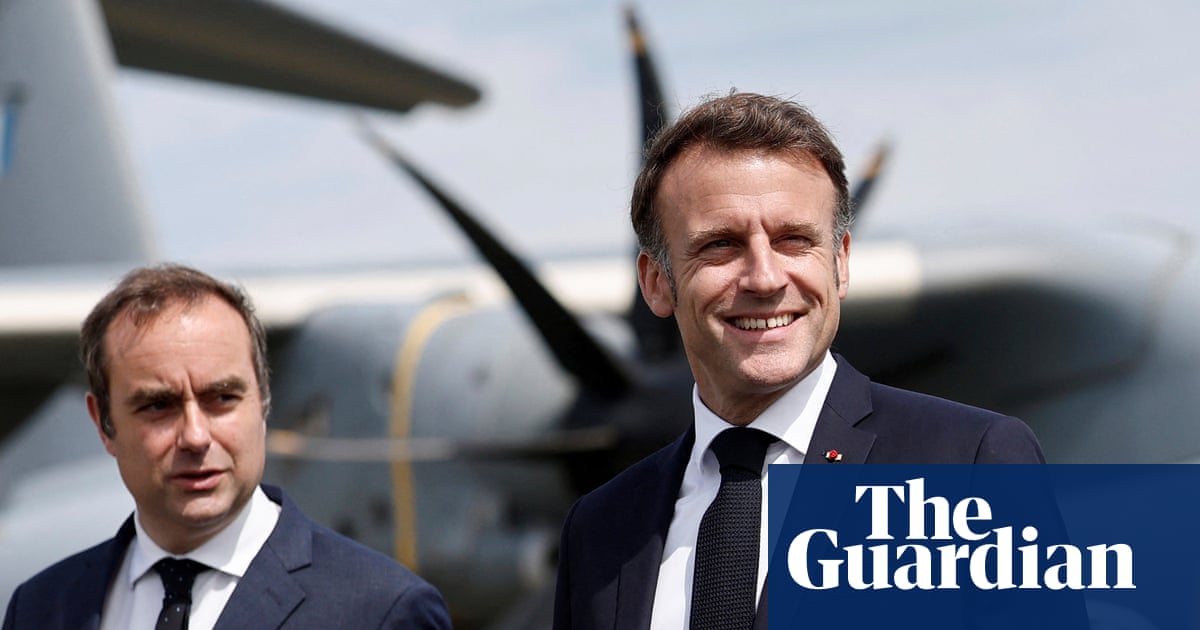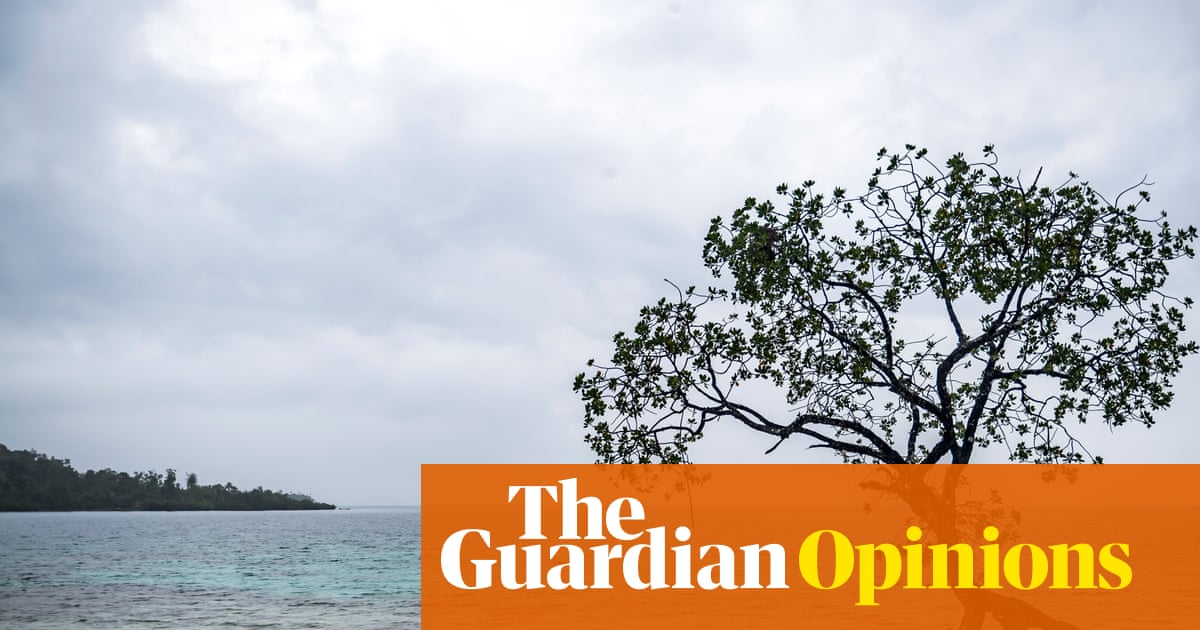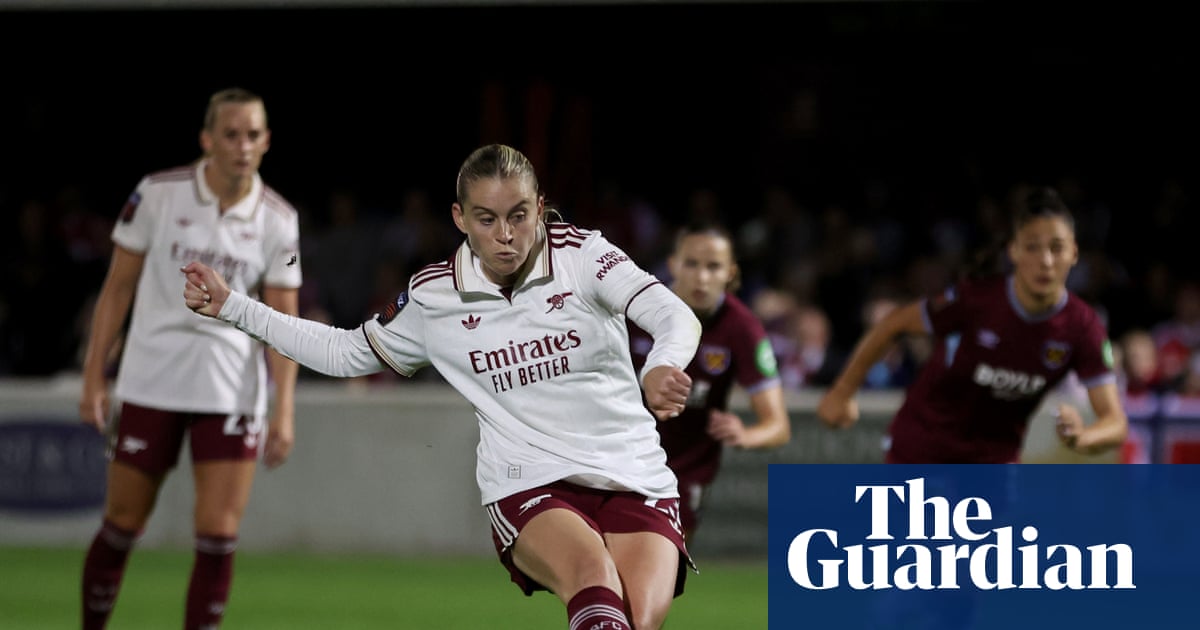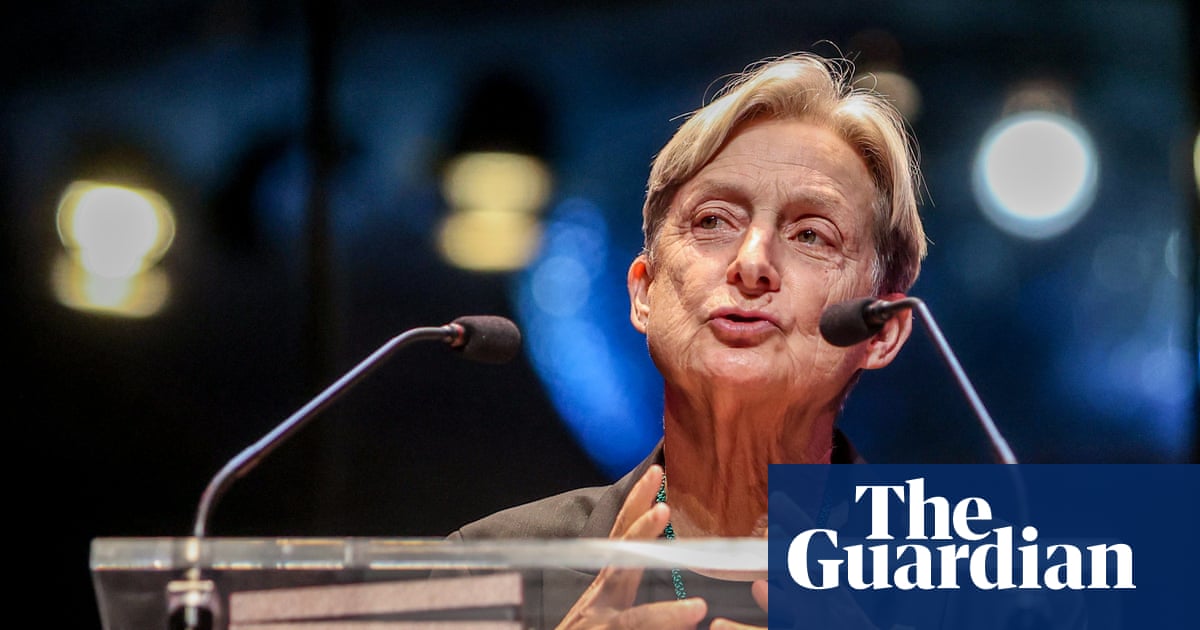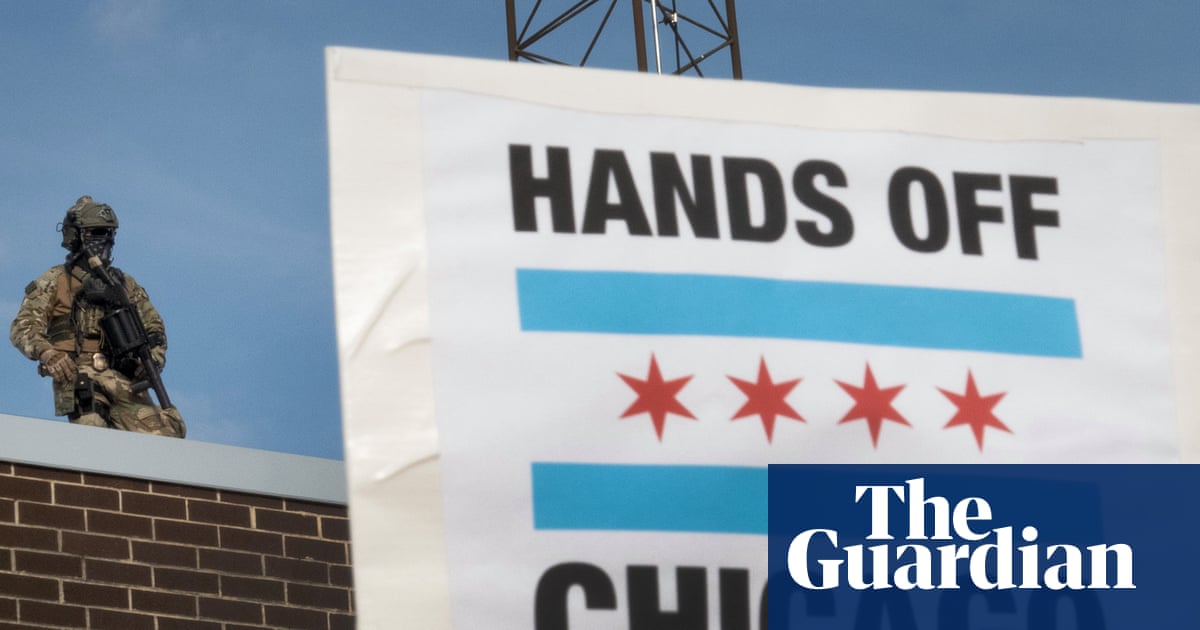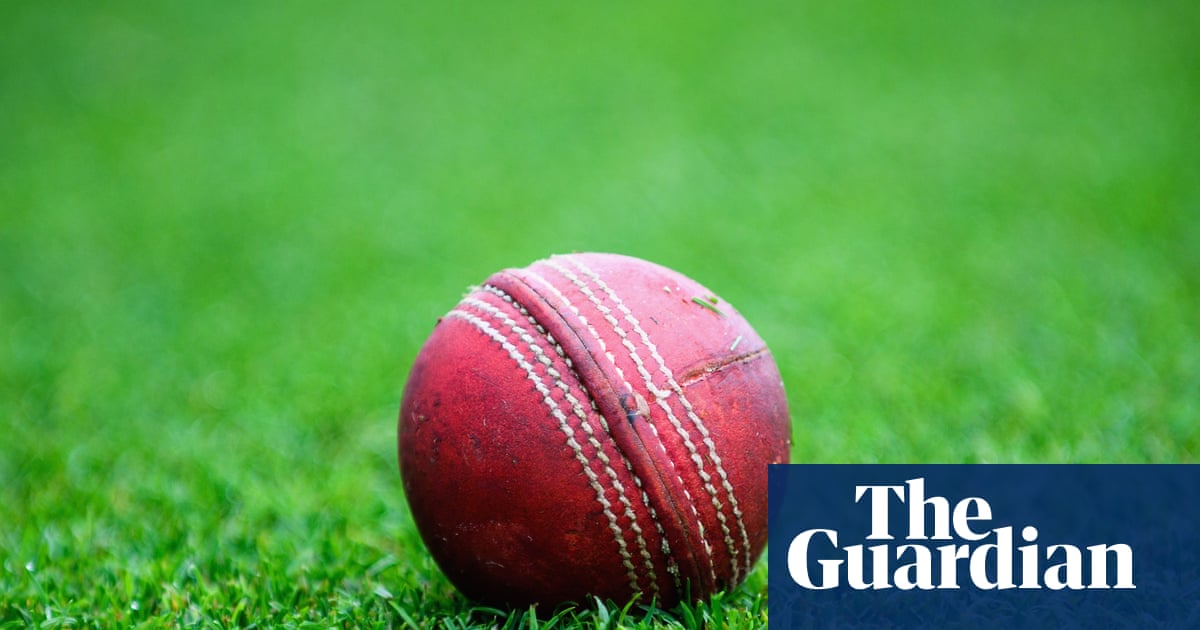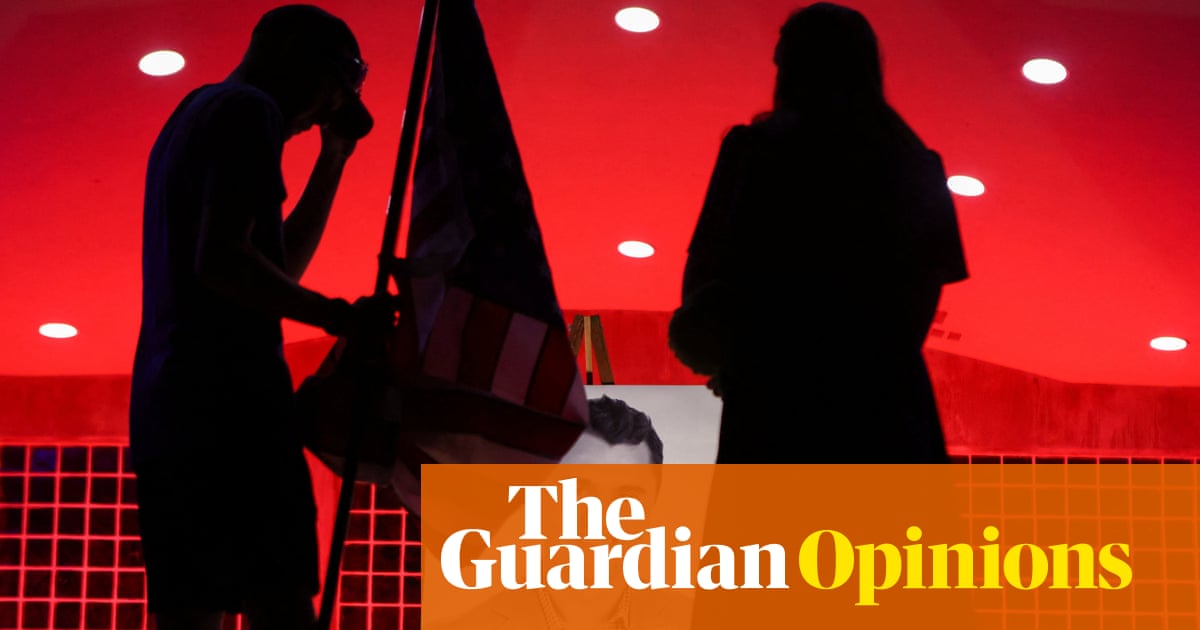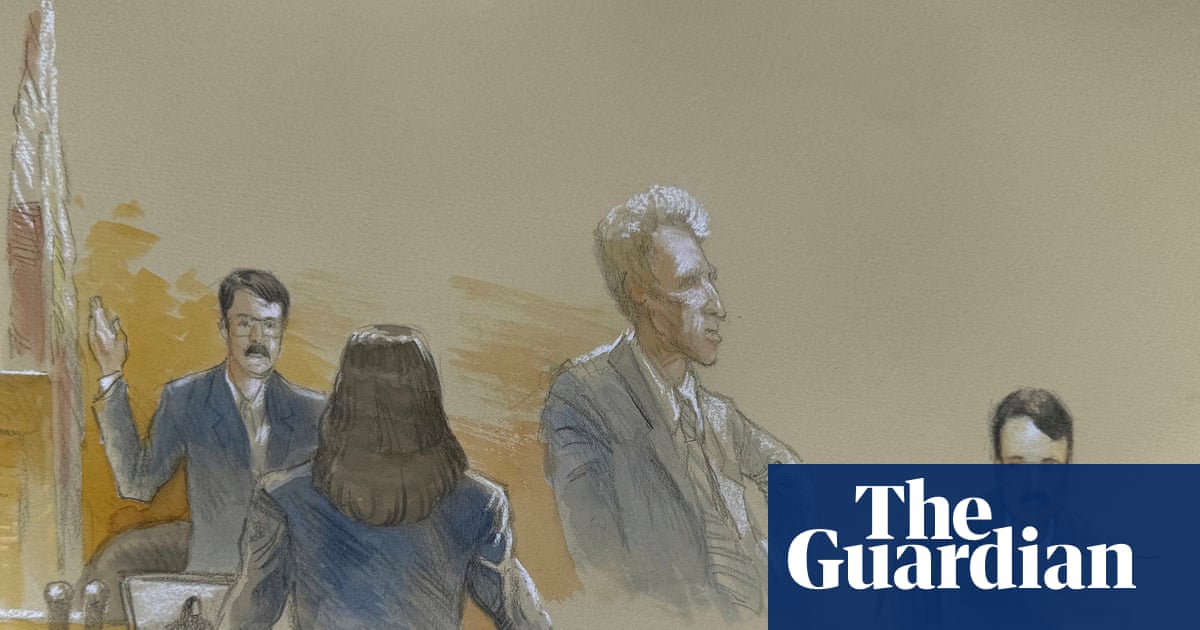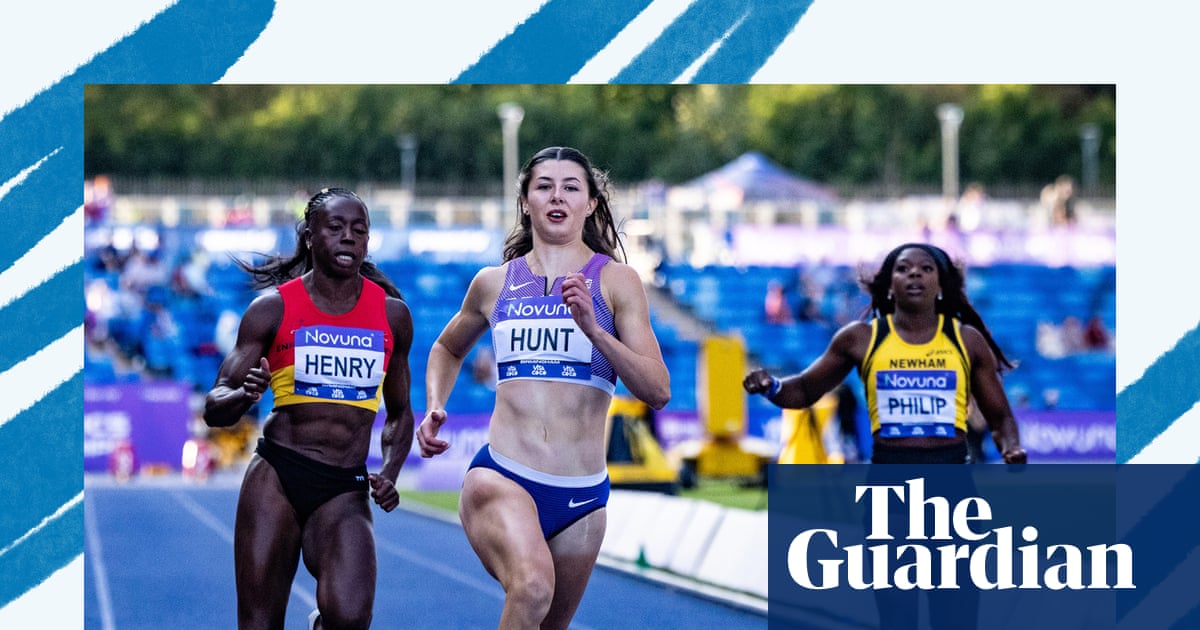College athletes spent decades fighting for the right to make money from their name, image and likeness (NIL). In 2021, they won. Now, a $2.8bn NCAA settlement is set to compensate hundreds of thousands of current and former athletes who missed out on those earnings. But not everyone thinks the deal is fair.
Eight female athletes filed an appeal this week, arguing the agreement violates Title IX, the US law banning sex-based discrimination in education. They say the way the money is divided, largely favoring football and men’s basketball players, shortchanges women by more than $1bn.
Their appeal has paused all back payments, potentially delaying them for more than a year. However, the NCAA’s new plan to allow schools to pay current players directly starting 1 July will still go ahead.
So what does this all mean for athletes as well as the future of college sports? Here’s what’s going on …
What is the NCAA settlement about?
The NCAA agreed to pay $2.8bn to compensate athletes who were previously barred from earning income off their name, image, and likeness (NIL), including things like video game appearances, jersey sales, or social media sponsorships. The settlement covers athletes going back to 2016.
It also clears the way for a major change: beginning 1 July 2025, colleges will be allowed to directly share revenue with current players, up to $20.5 million per school per year.
It’s a major shift from the NCAA’s traditional amateurism model, which argued that athletes should only be compensated with scholarships, not salaries or endorsement income.
Who’s appealing the deal and why?
Eight female athletes who competed in soccer, volleyball, and track have filed an appeal. Their names include Kacie Breeding (Vanderbilt) and Kate Johnson (Virginia), along with six athletes from the College of Charleston.
They argue the deal violates Title IX, the federal law that bans sex-based discrimination in education. Specifically, they say the settlement gives up to 90% of the money to men in football and basketball, depriving women of $1.1bn in rightful compensation.
What is Title IX and how does it apply here?
Title IX is a 1972 US law requiring equal access and treatment for men and women in federally funded education programs, including athletics. Colleges must offer comparable resources, scholarships and participation opportunities across men’s and women’s sports.
The female athletes argue that since NIL bans affected both genders equally, compensation for those bans must also be equitable, and that using historical TV revenue (which favors men’s sports) ignores systemic barriers women have faced in marketing and media exposure.
What did the judge say about the Title IX argument?
US district judge Claudia Wilken approved the settlement last week and rejected Title IX-based objections, saying they fell outside the scope of the antitrust case. The female athletes disagree and are now asking the Ninth Circuit Court of Appeals to intervene.

What happens to the money in the meantime?
Because of the appeal, no back pay will be distributed until the court rules. That delay could last several months or longer. According to the NCAA’s lead attorney, the organization will continue funding the settlement pool, but the money will sit untouched until the case is resolved.
The current payout formula is based on historical media revenue and licensing data. Because football and men’s basketball generated the majority of money for schools – especially through TV contracts – those athletes stand to receive the most compensation.
Critics say that approach bakes in decades of inequality, because women were denied the same marketing exposure and investment in the first place.
What are the broader concerns about this settlement?
Some worry that schools will cut so-called “non-revenue” sports – like wrestling, swimming or gymnastics – to fund revenue-sharing with top athletes. Others fear this pushes college sports closer to a professional minor league system, undermining education and competitive balance. Still others say that without clear Title IX guidance, women may continue to be marginalized even in a post-amateurism era.
What happens next?
The Ninth Circuit will now review the appeal. Briefs are due by 3 October, and while both sides say they’ll push for speed, appeals in this court have been known to take 12 to 18 months.
Until the case is resolved, no back payments will be made to athletes who played between 2016 and 2021. But the revenue-sharing era is coming, whether or not the NCAA is ready for it.

 2 months ago
46
2 months ago
46

